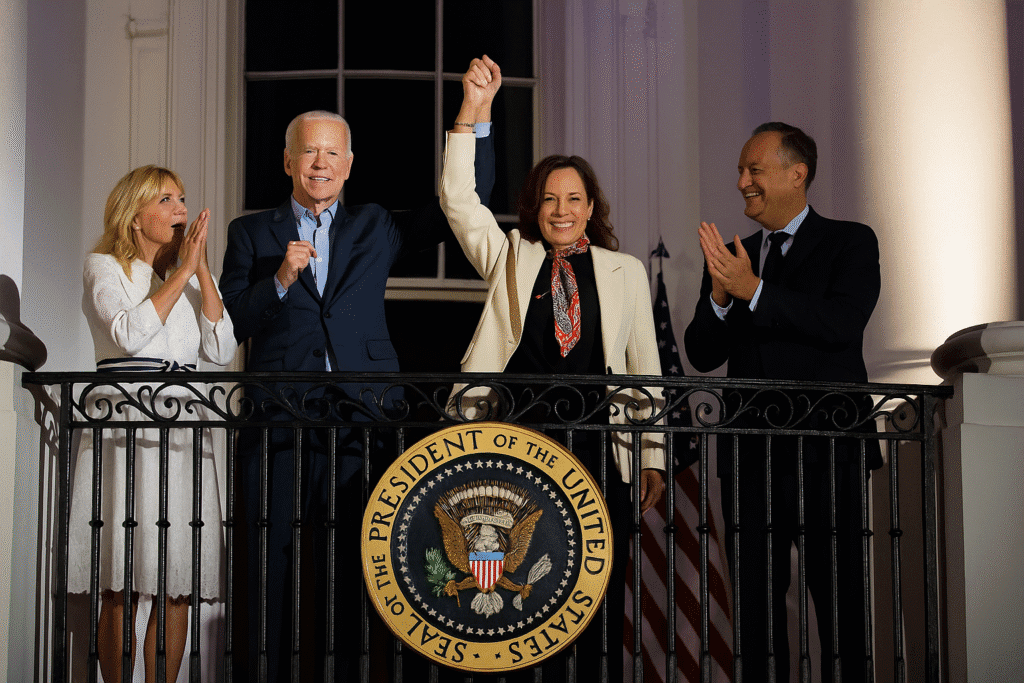In a stunning development, President Joe Biden announced that he would be stepping down from the 2024 presidential race, citing a combination of personal reasons and a growing sense that the country needed a new direction. The decision came after a series of setbacks, including a lackluster performance during the most recent presidential debate and increasing frustration among Democratic Party leaders who had begun to question his viability as a candidate. The decision has not only changed the course of the race but also set the stage for a highly anticipated face-off between Vice President Kamala Harris, who now assumes the Democratic nomination, and former President Donald Trump, the Republican frontrunner.
Biden’s exit from the race sent shockwaves through the political world, with many wondering how this would affect voter turnout and party unity in the coming months. After months of speculation, the Democratic Party is now faced with the reality of supporting a new leader, and the transition to Harris as the new nominee has begun with both enthusiasm and apprehension from various factions within the party. Harris, who has been serving as vice president since 2021, is now tasked with unifying a divided party and establishing a clear vision for the future in time for the November general election.
Trump, who remains the Republican nominee, immediately seized on Biden’s withdrawal, framing it as an opportunity to reclaim what he sees as a lost American ideal. His campaign, already known for its strong focus on economic recovery, reducing government interference, and bolstering national security, is likely to gain momentum with the uncertainty surrounding the Democratic side. Trump’s team has wasted no time in retooling their messaging, hoping to capitalize on the moment by reinforcing their key policies, such as immigration reform and tax cuts, while also presenting a contrast to Harris’s progressive agenda.
Both candidates have now set their sights on critical swing states, recognizing that key battleground regions such as Pennsylvania, Wisconsin, and Arizona will likely determine the outcome of the election. Harris, who has made history as the first woman of color to serve as vice president, faces the challenge of rallying a broad coalition of voters, particularly those in moderate and centrist segments of the electorate, who may have been skeptical of Biden’s leadership. On the other side, Trump is looking to maintain his strong base of loyal supporters while trying to appeal to undecided voters who are concerned about the direction of the country.
The next few months will be crucial as both parties ramp up their campaign efforts. With Biden’s sudden exit, the stage is now set for a high-stakes and fiercely competitive election. The issues dominating the political conversation include inflation, healthcare access, climate change, and national security. In addition, both candidates are gearing up for upcoming debates, where they will seek to address voter concerns and solidify their positions. The outcome of the election remains uncertain, but one thing is clear: the race for the White House in 2024 is about to enter a new and unpredictable phase.


